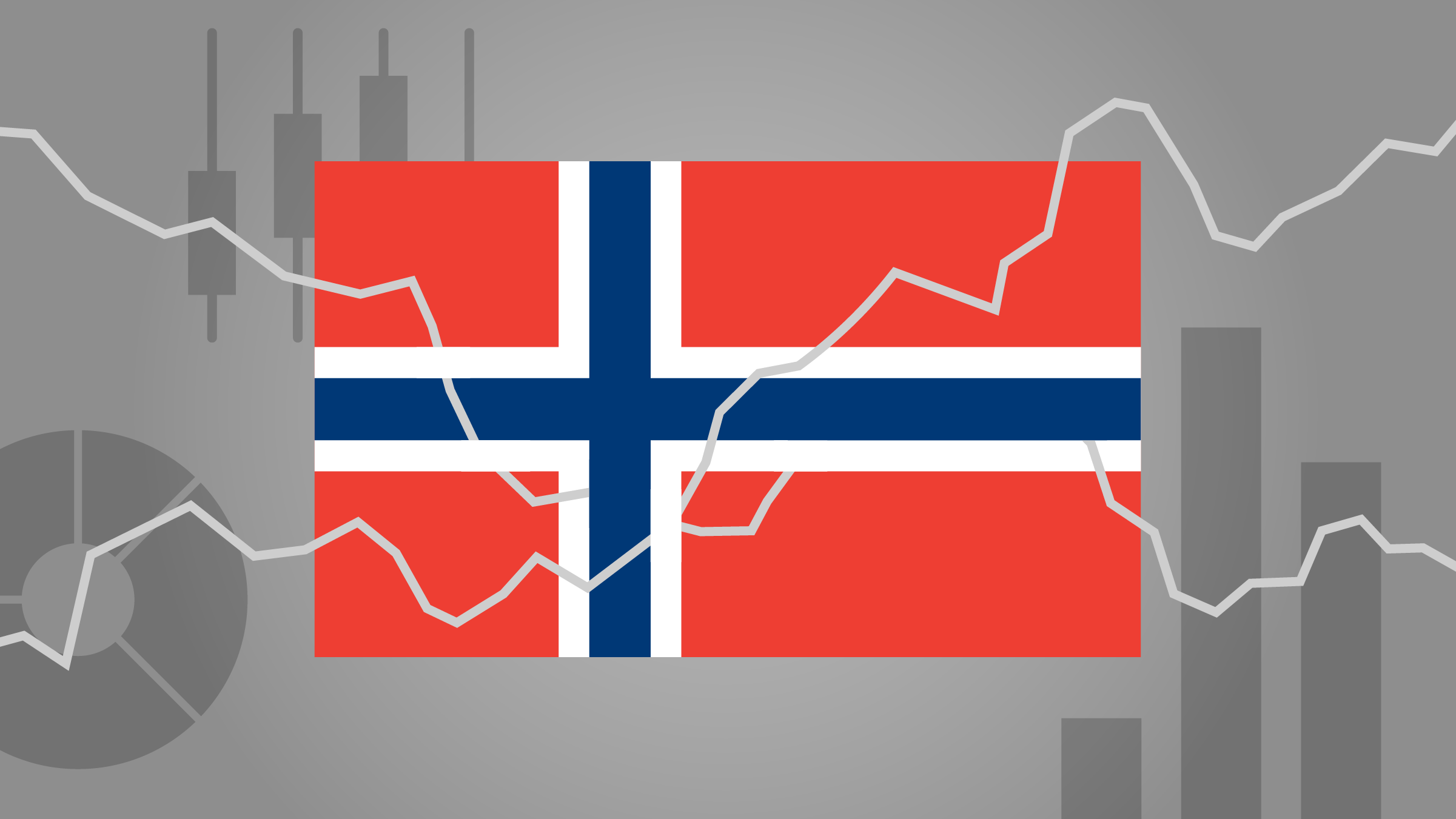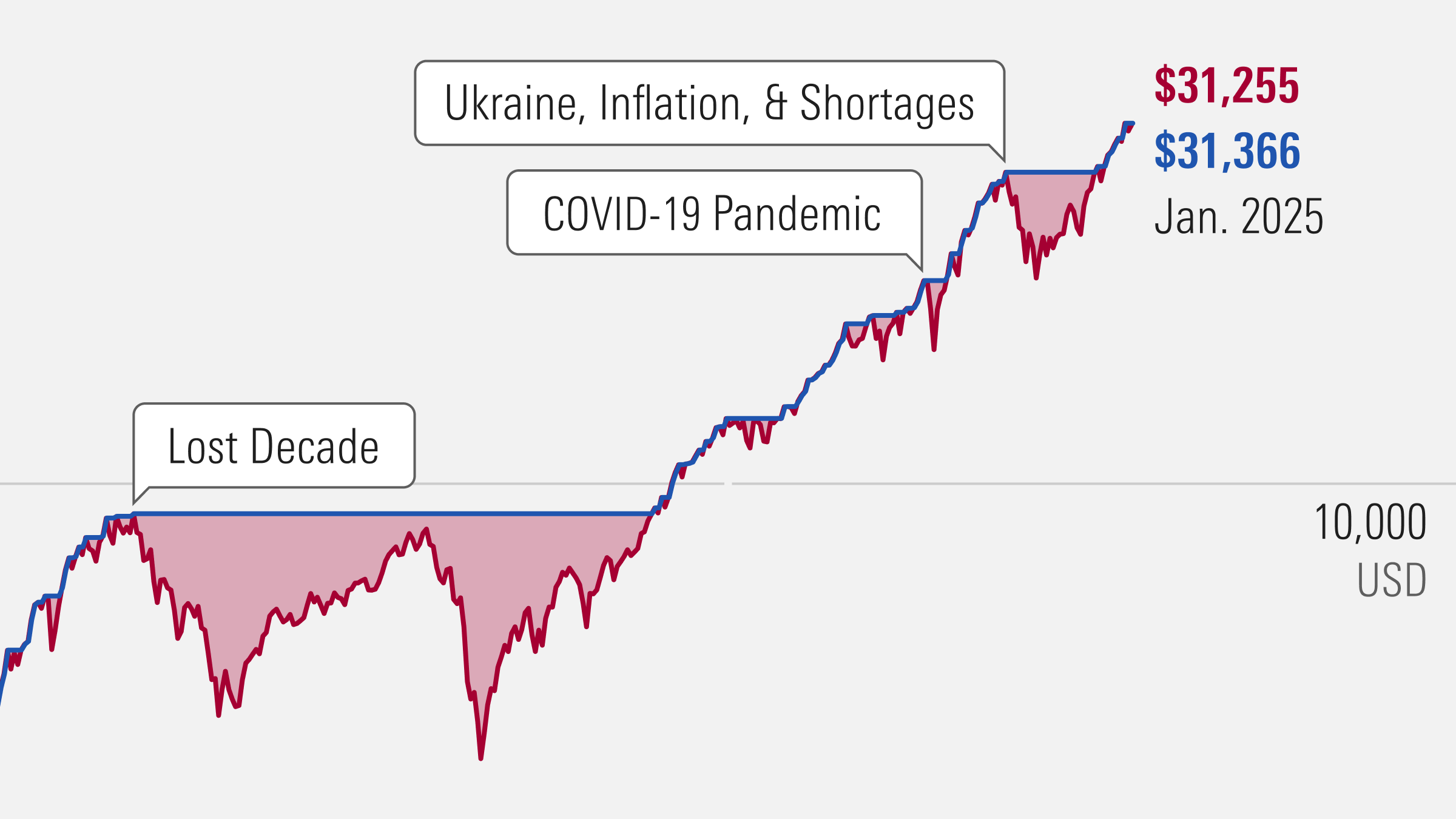Matt Coffina: For Morningstar StockInvestor, I’m Matt Coffina. I'm joined today by Karen Andersen, who is a strategist on our health-care team, and we are going to talk about the insulin class of drugs.
Karen, thanks for joining me.
Karen Andersen: Nice to be here. Thanks, Matt.
Coffina: Last week we talked about noninsulin diabetes drugs, but insulin-replacement therapy is really the ultimate in diabetes treatment. Can you explain what insulin is and what it does?
Andersen: Yes. Patients typically do start out on oral or other injectable therapies like the GLP-1 therapies we discussed last week, but ultimately most patients do need insulin replacement. So, essentially, patients aren't making enough insulin or are resistant to the insulin that they are making, and so they need to take regular injections of insulin that's made by some of these global biotech companies like Novo, Lilly, or Sanofi in order to control their blood-sugar levels in the long run.
Coffina: So in the past decade, we've seen a shift away from human insulins, which have been marketed for decades toward modern insulin analogs. Can you explain the advantages of modern insulins?
Andersen: Yes. Really most patients today are treated on modern insulin analogs. The advantages here--when people were taking just pure human insulin, which was kind of the original insulin, it was difficult to administer. Patients had to take it several times a day, and it also was really tough to figure out how much to take. Patients would either take way too much insulin and end up with very dangerously low blood-sugar levels, or they would not take enough and then their disease wasn't really being fully controlled.
So, these newer therapies are just more effective and often a lot more convenient.
Coffina: There are three big categories of modern insulins: the rapid acting, relatively long-lasting, and premixed insulins. Who are the major players in each category, and what's our outlook for each?
Andersen: For rapid-acting and premixed insulins, Novo Nordisk and Lilly are the two companies that dominate there. Long-acting insulin is typically the insulin that patients nowadays anyway take first, and it's also the biggest class. [Market leadership is] shared between Sanofi and Novo Nordisk, but Sanofi clearly dominates here. Just for some perspective, the insulin market globally is about $20 billion today. Sanofi's Lantus, its long-acting insulin, is about an $8 billion drug.
Coffina: There's also a lot of innovation going on in the insulin market. Can you discuss a few of the major projects that are in late-stage development?
Andersen: Yes. We'd say overall in the insulin market, the most innovative players today are Novo Nordisk and Sanofi. Both of them are really striving to introduce ultra-long-acting insulin, so things that improve upon products, such as Sanofi's Lantus, that are currently on the market. Novo has already introduced Tresiba in Europe and Japan, and Sanofi has a product call U300, which they are hoping to launch really next year in the U.S. market.
Coffina: There are also some combination therapies that combine GLP-1s and long-acting insulins under development. Do those look promising?
Andersen: Yes. I mean really the company that's in the lead there is Novo Nordisk. They've got a product that combines Tresiba, their long-acting insulin with Victoza, which is really the dominant GLP-1 analog on the market. And so they're able to create really a once-daily injection for patients; it offers very impressive efficacy and again a very convenient product.
Coffina: As you mentioned, insulin has been an oligopoly market shared by Sanofi, Eli Lilly, and Novo Nordisk. However, there is a threat of new biosimilar insulins coming to market? Lilly has a biosimilar version of Lantus in development, and Merck has also talked about getting into this market. What do you think of the hurdles that biosimilar competitors face?
Andersen: I'd say overall I think that in order for someone to be a global player in insulin, they need to be a global diabetes player overall. And I think that we only really have a handful of those. Lilly looks like it's in the best position to introduce a biosimilar Lantus. For Merck, we might give them slightly less market share, than Lilly, just because they don't have the experience on the insulin side.
We've seen in general that scale is an enormous advantage for these companies. With only three players, they have tremendous cost advantages to other players, as well. I think even though we do see uptake of biosimilars, we think a lot of markets, particularly the U.S. market, will be willing to pay for more innovative therapies that are more effective.
Coffina: What are your top stock picks to take advantage of rising diabetes prevalence globally?
Andersen: We've cited the two most innovative companies being Sanofi and Novo Nordisk. Right now, it looks like Novo Nordisk is relatively fairly valued. So, I think Sanofi is probably the best way to kind of capture this increased prevalence, especially given its significant experience in the insulin market, where we see very high barriers to entry and also the fact that it's going to be launching U300, their new long-acting product, likely in 2015. They are in a very good position to continue innovating, including in the near term.
Coffina: Thanks for joining me, Karen.
Andersen: Thanks, Matt.
Coffina: In conclusion, the rising global prevalence of diabetes, as well as ongoing innovation in the diabetes drug class, has created some interesting opportunities among diabetes drug makers. Sanofi looks like the most undervalued opportunity currently, but Novo Nordisk is also a very high-quality company trading at about fair value.
For Morningstar StockInvestor, I'm Matt Coffina.






















